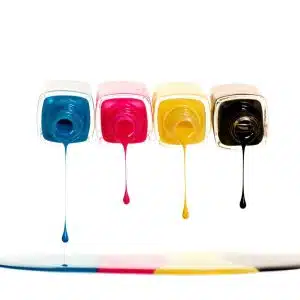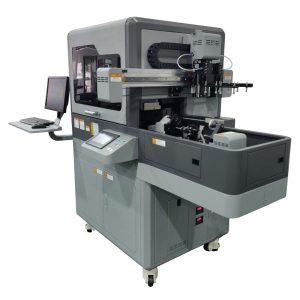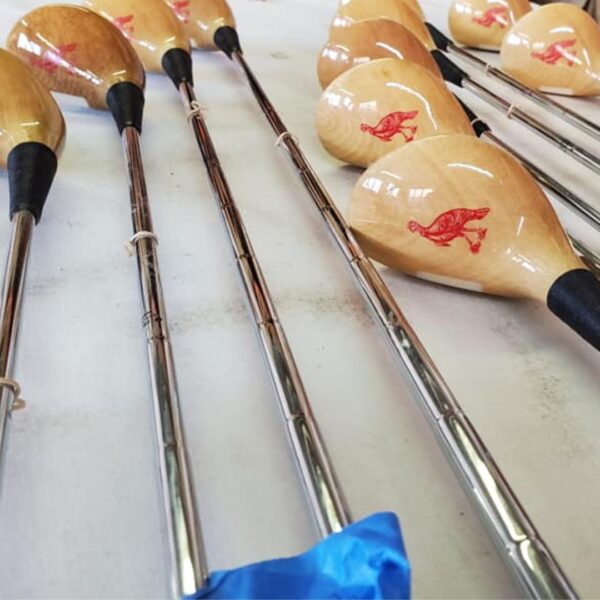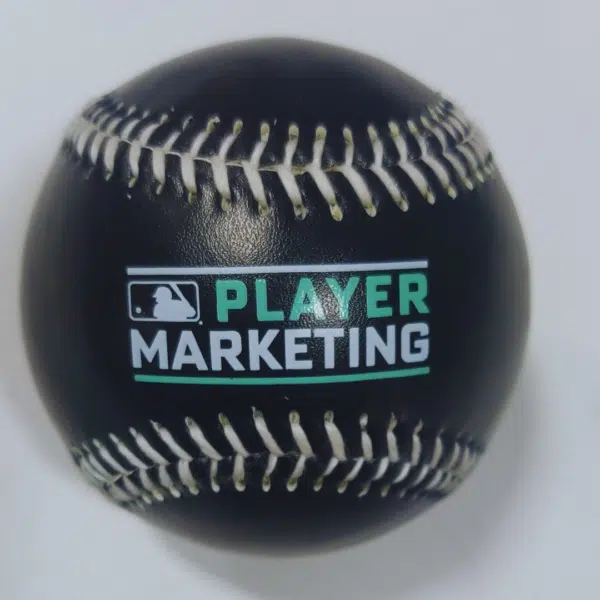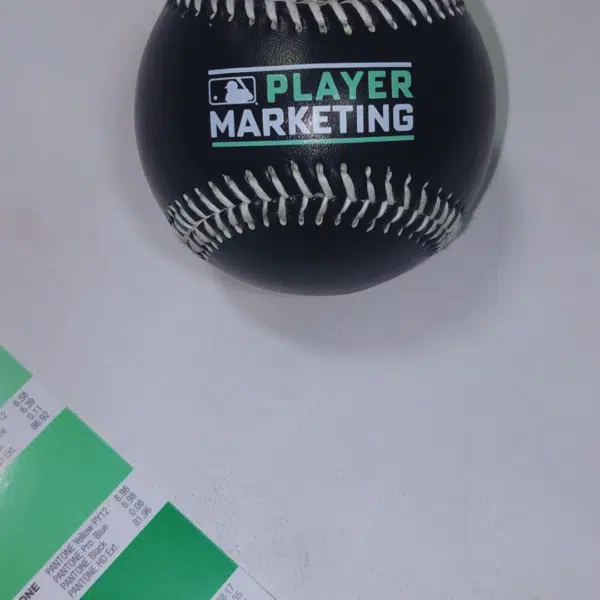PAD PRINTING INK FOR PLASTIC, PAPER, WOOD, LEATHER
Pad printing ink for plastic—the Natron TP Series is a 1- or 2-component all-purpose ink for plastics (rigid and soft), coated metals, wood, and paper substrates. This ink for printing on plastics has excellent adhesion to a wide range of plastic substrates, such as ABS, SAN, PETE, Tritan, acrylic, cellulose acetate butyrate, recycled PETE, paper, corrugated board, polystyrene, vynil, polycarbonate, polyester foil, polyethylene, pre-treated polypropylene, soft and hard PVC, wood, leather, and faux leather, and polyurethane. After full cure, the ink film exhibits outstanding adhesion as well as rub, scratch, and chemical resistance. In some cases, adding a hardener can enhance ink stability as well as adhesion and solvent resistance.
Natron TP-series pad printing ink has 24 high-opacity colors, including metallic colors. All colors are inter-mixable to create new shades of color. Please see our TP color card for the available colors. Learn more about inkjet and pad printing on plastic.
As a 2-component ink, printing ink has very good adhesion on many other difficult substrates, like top-coated plates, metal plates, difficult plastic materials, aluminum, and many other materials. The TP series inks are also non-toxic, free from heavy metals, and have very high opacity. To make the TP pad printing ink for plastic, we use only fade-resistant, hand-selected pigments. This makes this ink great for printing on food packaging, toys, promotional materials, industrial products, and tools. This is an excellent ink for pad printing on Pens, Injection Molded Parts, Cosmetic Containers, Medical Devices, Wood, Packaging, and electrical housings. Lastly, check the safety data sheets and the product label for warnings.
TP Series Ink mixing instructions
The two-component TP pad printing ink for ABS plastic, paper, and wood is easy to work with. To print your product, mix the TP series ink (A) with the i-300x pad print hardener (B), print, and cure the product. The hardener ratio range is 5–20%, depending on the product and required tests. We recommend 10% for almost all applications. For every 10 parts of the ink (A), add 1 part of the hardener (B). Mix the ink and the hardener together. To change the viscosity and printability, add 5–20% of the appropriate solvent. Visit our YouTube channel to learn how to mix pad printing inks.
Drying and curing printed products
Generally, the following drying times are applicable:
The printed product can air dry at 68 °F in 20–30 seconds. Heat drying at 175 °F: approximately 3–5 minutes Full curing at 68 °F takes 24 hours.
The ink achieves full cure 24–48 hours after printing. For printed products that require high resistance to chemicals or other substances, increase the hardener ratio to 15%–20%. In addition, Bake the printed product for 15-30 minutes at the appropriate temperature. Please note that the drying temperature is substrate-specific. Safety caution! (Wait for the heated product to cool down before touching.)
After a full cure, try to scratch the printed product. We guarantee that the print will not rub off the product. This is the reason the TP series pad printing ink for plastic is perfect for printing onto plastics, paper, and coated wood products.
*Test for adhesion 24 hours after printing.
- 1- or 2-component ink
- High Gloss and High opacity across all colors
- Extremely smooth and excellent release from silicone pads




